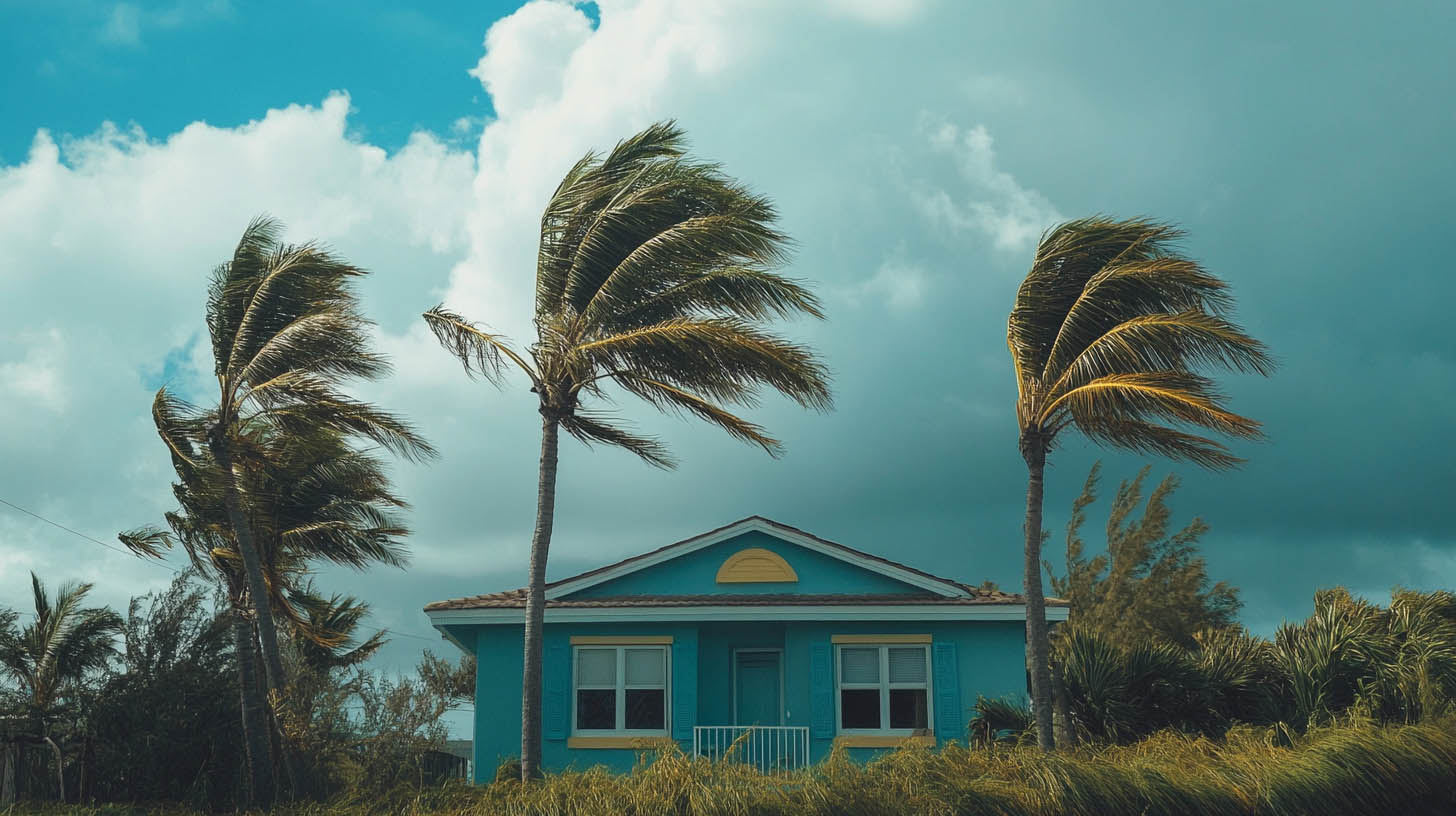
Hurricane-Proofing Your Roof: Must-Know Steps
Hurricanes are one of the most destructive forces in nature, and they pose a serious threat to homes across Texas. While high winds, flying debris, and torrential rain are dangerous for many parts of a property, your roof is always the first line of defense. Preparing it properly can mean the difference between minor repairs and a catastrophic loss. If you live in Stephenville, TX, you need to know how to hurricane-proof your roof effectively—and where to turn for professional help.
At DT Roofing, we’ve seen firsthand how unprepared homes suffer after major storms. Even in inland areas, hurricanes and tropical systems bring winds strong enough to tear shingles, lift decking, and allow rain to flood attic spaces. With the right planning and materials, however, you can reduce your risks significantly and protect your investment for the long haul.
Start with a Thorough Roof Inspection
Before you can reinforce or improve your roof, you need to understand its current condition. One of the most important hurricane preparation steps is scheduling a professional roof inspection. Experts will look for:
- Loose or missing shingles
- Cracked flashing or sealant failures
- Weak points around vents and chimneys
- Sagging or rotted decking
Even small vulnerabilities can become major liabilities under hurricane-force winds. A pre-season inspection allows you to address minor issues now, before they evolve into major storm damage later.
Upgrade to Hurricane-Resistant Roofing Materials
Not all roofs are created equal. Traditional asphalt shingles may not hold up in extreme weather unless they’re reinforced and properly installed. Consider upgrading to Class 4 impact-rated shingles, which are tested for high wind resistance and debris impact. These shingles are specifically engineered to stay in place during storms and reduce the chance of tearing or lifting.
As an Owens Corning Platinum Preferred Contractor, we often recommend the Duration Storm® line of shingles. These products use patented SureNail® technology to help prevent blow-offs during hurricane conditions. Metal roofing is also an excellent choice for wind zones—it’s strong, fire-resistant, and often qualifies for insurance discounts due to its storm durability.
Reinforce Roof Decking and Fasteners
Your roof’s outer layer is only as strong as what lies beneath. Reinforcing your roof decking is another critical step in hurricane-proofing. This involves adding stronger fasteners or adhesives between the roof deck and the underlying rafters, creating a more wind-resistant connection.
In some cases, we recommend applying a secondary water barrier beneath the shingles—such as peel-and-stick underlayment—which provides an added layer of protection against water intrusion if the outer roofing layer is compromised.
Hurricane straps and clips that tie your roof to the walls of your home can also significantly increase resistance to uplift. These small additions are particularly valuable in regions like Stephenville, TX, where tropical storm systems can generate sudden, intense gusts.
Don’t Overlook Roof Vents and Flashing
While most homeowners focus on shingles, your roof’s flashing and vents are just as important. Improperly sealed vents are among the most common failure points during hurricanes. They can be ripped off or allow water to enter if the seals degrade over time.
We recommend replacing outdated or corroded vents with wind-rated versions and ensuring all flashing around chimneys, skylights, and valleys is in perfect condition. Silicone-based sealants are often preferred in hurricane zones due to their flexibility and strong adhesion.
Clear Gutters and Strengthen Drainage
When a hurricane hits, your roof isn’t just taking a beating from wind—it’s also managing enormous volumes of water. Clogged or sagging gutters can overflow and cause water to back up under shingles, especially at the eaves. This kind of hidden water damage often leads to mold, rot, and insulation problems that aren’t discovered until weeks later.
Clean out your gutters well before hurricane season starts, and consider installing gutter guards to prevent debris buildup. If your home has a flat or low-slope roof, double-check that scuppers and downspouts are functioning correctly.
Trim Trees and Remove Roof Hazards
Overhanging limbs and old, dying trees are serious hazards during high winds. One of the best ways to prevent roof damage is to trim back branches and remove any trees that could fall onto your home.
Also, secure or relocate objects like satellite dishes, decorative elements, or solar panels if they’re not properly anchored. Anything loose on or near the roof can become a projectile in hurricane conditions.
Secure Roof Access Points
Skylights, attic vents, and access hatches should be tightly sealed and reinforced where possible. Even a small gap around these entry points can let in rain or wind-driven debris. Consider storm-rated skylights and install wind-resistant covers for roof turbines and vents.
Emergency Planning: What to Do After the Storm
Even with the best preparation, hurricanes are unpredictable. After a storm passes, inspect your roof from the ground using binoculars. Look for missing shingles, bent flashing, sagging areas, or signs of water intrusion inside your attic. Do not climb on the roof yourself—it may be structurally unsound.
Instead, call your local roofing professionals for a full assessment. We can provide documentation for insurance claims and handle repairs using storm-rated materials. Taking swift action after a storm can prevent secondary issues and keep costs under control.
Partnering with Professionals Who Understand Storm-Resistant Roofing
When it comes to hurricane-proofing, experience and materials matter. As a roofing company recognized for working with top-tier brands like Owens Corning, TEK, and F-Wave, we understand how to fortify your roof against nature’s most extreme challenges. Our commitment to quality ensures that each project not only meets but exceeds local building codes for wind resistance.
No roof is hurricane-proof in the literal sense—but with the right preparation, upgrades, and response plan, your home can withstand the worst that hurricane season has to offer.
Read also our blog: Roof Safety Tips for the 4th of July Holiday










